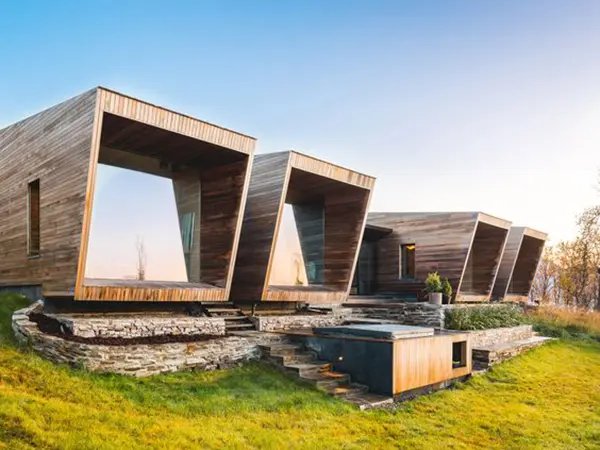Commercial Container House: New Fashion Leader

In recent years, commercial container houses have risen rapidly around the world, and more and more people have begun to favor this new form of construction. So, what is the reason for the popularity of commercial container houses?
First of all, commercial container houses have a unique appearance and design style. Due to its origin in shipping containers, this architectural form often retains the original metal appearance and structural characteristics, presenting a simple, modern aesthetic. This unique look appeals to many stylish and personalized consumers.
Secondly, commercial container houses have flexible and changeable ways of use. They can be used as temporary exhibition halls, cafes, restaurants, shops and even offices to meet the needs of a variety of different scenarios. At the same time, commercial container houses can also be stacked and combined to form a larger scale building structure, providing more possibilities for urban space utilization.
Third, commercial container houses have lower construction costs and shorter construction cycles. Compared with traditional brick-concrete structures, the materials and construction processes required for commercial container houses are simpler, so the construction cost and time can be greatly reduced. This makes the commercial container house an ideal choice for entrepreneurs and entrepreneurs, who can be put into use more quickly and profitably.
In addition, commercial container houses also have high sustainability and environmental protection. Since its main material is discarded containers, the principle of recycling is adopted, which helps to reduce resource waste and environmental pollution. This is consistent with the pursuit of sustainable development in today's society, so it is favored by more and more environmentally conscious consumers and enterprises.
To sum up, commercial container houses are more and more favored by people with their unique appearance, flexible use, low cost, short cycle, sustainability and other advantages. They are not only an architectural form, but also an emerging lifestyle and business model, leading the future development direction of urban architecture.






































